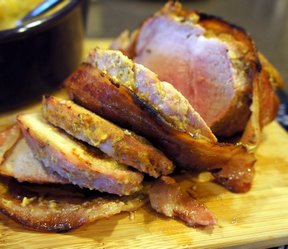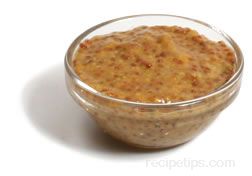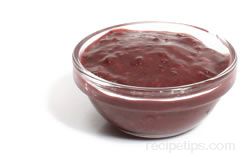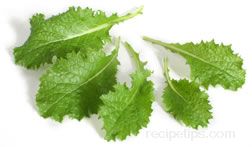In addition to common mustard greens readily available in food stores, there are other types of greens that may be referred to as mustard greens. One type of green that is often used in Asian cooking is the White Mustard, a vegetable that is a member of the mustard family. It has dark green leaves and white celery-like stalks that have a mild, slightly peppery flavor. Both the greens and the stalks are popular in salads and the stalks are often used in stir-fry recipes. It is also known as bok choy, pak choi, and Peking cabbage. White mustard cabbage is available throughout the year. When selecting, look for a firm compact head with fresh leaves. If possible, the cabbage should be used when fresh because it does not store well. If it is necessary to store it, keep it in the vegetable drawer of the refrigerator, wrapped in plastic, and it should stay fresh for a few days.
Loading
Mustard Greens
Cooking greens from the mustard plant that are grown in both red and green varieties. This green provides a peppery flavor to assorted cooked dishes or when eaten raw. The taste may be too pungent or bitter for some, but if blanched in salt water, it decreases the sharp bite. Mustard greens can be sautéed or steamed and added with other ingredients such as meat and vegetables to become a tasty side dish. Also, when added to chicken soup, they add a nice complement. The greens are available fresh, frozen or canned. If fresh, select greens that are crisp, healthy looking and have good color. Store them in a sealed container and refrigerated for up to one week. Alternative greens to use for recipes would be escarole, gai choy, kale, radish greens, spinach, or Swiss chard. Mustard greens are also known as curly or curled mustard, mustard spinach, and Indian mustard, or leaf mustard.
USDA Nutrition Facts | |||||||||||||||||||||||||||||||||||||||||||||||||||||||||||||
|
|||||||||||||||||||||||||||||||||||||||||||||||||||||||||||||
There currently aren't any reviews or comments for this term. Be the first!
Advertisement
Advertisement
















